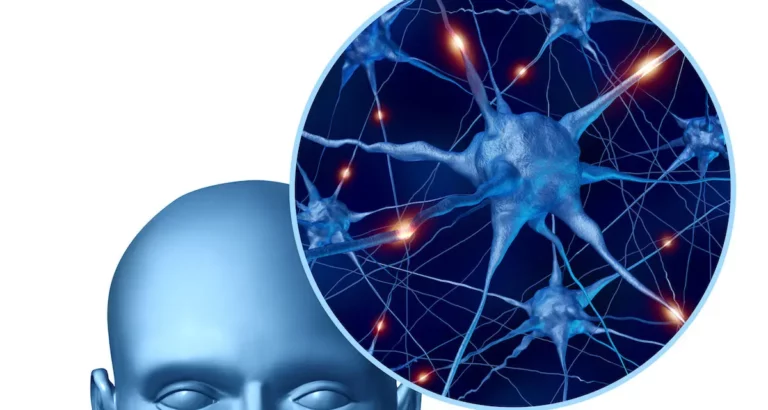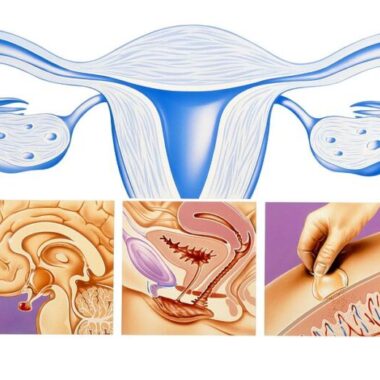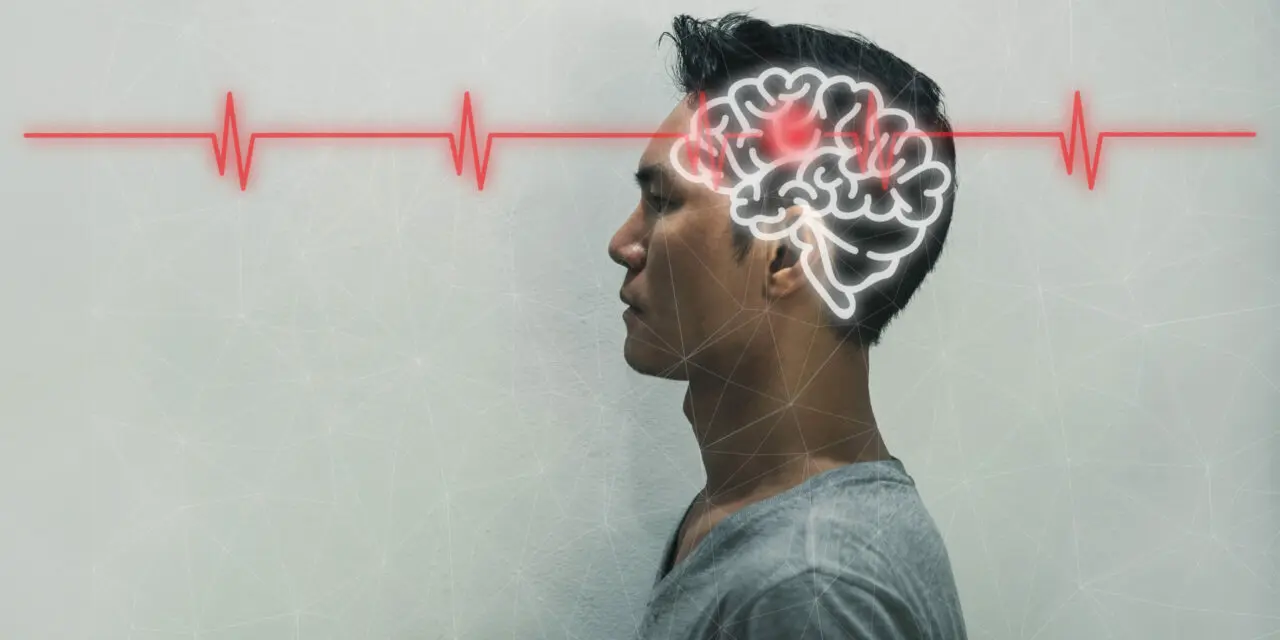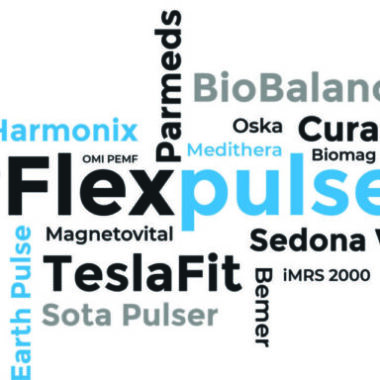Neuromyelitis Optica (NMO)
Table of Contents
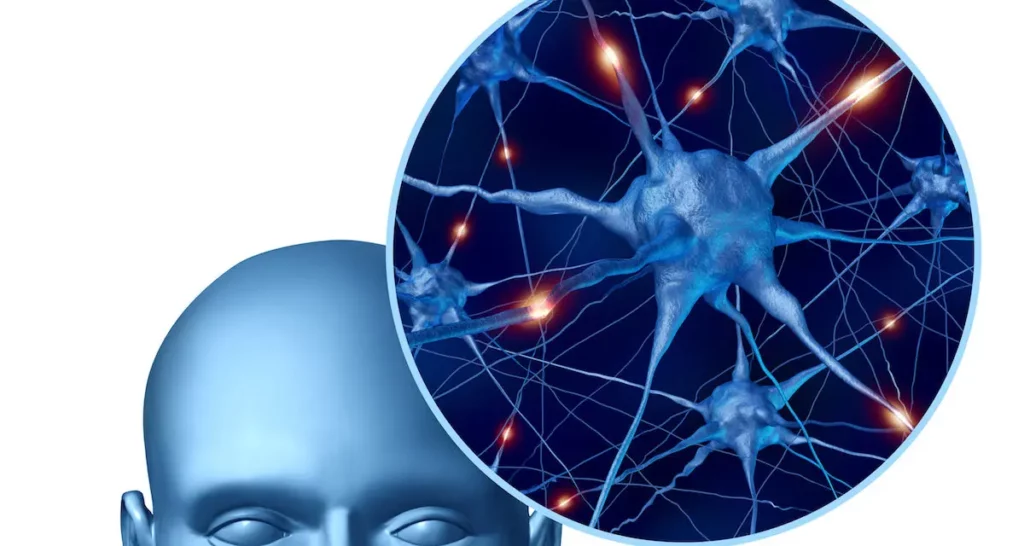
WHAT IS NEUROMYELITIS OPTICA (NMO)?
Neuromyelitis optica (NMO) is an uncommon disease syndrome of the central nervous system (CNS). It affects the optic nerves and spinal cord. Individuals with NMO develop optic neuritis, that is inflammation of the optic nerve. This causes pain in the eye and vision loss. It also causes transverse myelitis, which is inflammation of the spinal cord. This can lead to weakness, numbness, and sometimes paralysis of the arms and legs. Furthermore, one can experience sensory disturbances and loss of bladder and bowel control.
NMO leads to loss of myelin, which is a fatty substance that surrounds nerve fibers and helps nerve signals move from cell to cell. The syndrome can also damage nerve fibers and leave areas of broken-down tissue. In NMO, immune system cells and antibodies attack and destroy myelin cells in the optic nerves and the spinal cord. In some ways NMO acts like MS, but is more severe and acute, typically. As with many other conditions, PEMFs are not likely to cure the condition but may be very useful in a supportive role to decrease complications and support the tissues. Nutrition and use of supplements specific for inflammation and the nervous system are also necessary to enhance the value of PEMFs.
WHAT CAN PEMFS DO FOR PEOPLE WITH NEUROMYELITIS OPTICA (NMO)?
PEMFs would be expected to reduce inflammation. They’d improve the capacity of the cells to absorb nutrients and supplements. Furthermore, they’ll even potentially to help recover nerve cell damage. There were two studies on MS reported in my book, Magnetic therapy in Eastern Europe. All treatments produced some benefit but two treatment courses with PEMF exposures from shoulders to legs, in 3 regions, for 10 minutes each exposure, were better than any other treatment option at a statistically very significant level. The author concluded that magnetic therapy was always well tolerated and because this method is simple, it is useful in the outpatient care of MS patients, in both improving subjective and objective functional use of muscles. Similar results were seen with another study in improvements in ambulation. Because NMO and MS are similar in several ways clinically, the benefits seen with MS patients may be reasonably expected with NMO.
